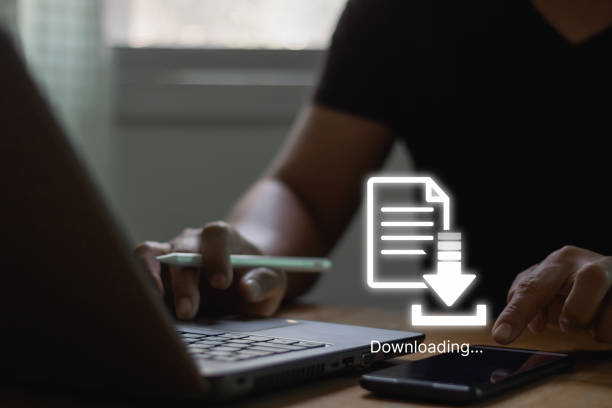1. Introduction to the Importance of User-Friendly Website Design
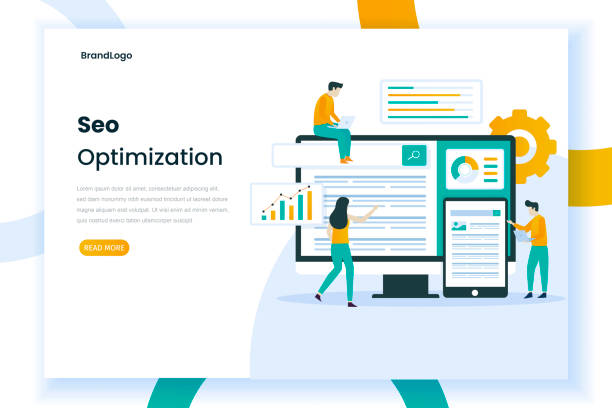
In today’s digital world, user-friendly website design is not just an advantage, but an undeniable necessity.
A well-designed website not only looks beautiful but also provides a seamless and enjoyable experience for visitors.
The main goal of a successful design is to ensure that users can easily find the information they need, interact with the site, and achieve their goals.
This approach means placing the user at the center of the design process, and it is also referred to as User Experience Design (UX Design).
The importance of this issue is so high that it directly impacts #SEO and the site’s ranking in search engines.
A #user-friendly website has a lower bounce rate and users spend more time on it, which is a positive signal for Google.
This educational section will show you how to build the foundation of a powerful website by understanding user needs.
These initial explanations will help you correctly understand the concept of user-friendly website design and why investing in this area is vital.
It’s not just about visual aesthetics; it’s about functionality, accessibility, and creating a clear path for the user.
Therefore, every element in the design, from layout to colors and fonts, should be chosen with the goal of improving the user experience.
Tired of losing customers due to poor e-commerce website design? With Rasaweb, solve this problem forever!
✅ Increase sales and conversion rate from visitor to customer
✅ Smooth and engaging user experience for your customers⚡ Get free consultation
2. Key Principles of User Interface (UI) and User Experience (UX)

User-friendly website design is deeply intertwined with two main concepts: User Interface (UI) and User Experience (UX).
User Interface (UI) refers to the appearance and visual elements of a site such as buttons, icons, fonts, and colors.
This part of the design is responsible for making the site attractive and understandable.
In contrast, User Experience (UX) is a broader concept that deals with the user’s entire experience when interacting with a website; from the moment they enter until they leave.
This includes ease of navigation, loading speed, compatibility with different devices, and even the feeling the site conveys to the user.
For a successful user-friendly website design, both these aspects must be considered.
A beautiful user interface with a poor user experience will disappoint users.
For example, if a website’s buttons are beautiful but the user doesn’t know where to click, the user experience is disrupted.
This specialized section guides you on how to optimize both aspects by adhering to Gestalt principles, visual hierarchy, and appropriate user feedback.
The ultimate goal is to make interaction with the site a natural and effortless process.
It is this harmony between UI and UX that truly makes a website user-friendly.
3. Designing Efficient Navigation and Information Architecture
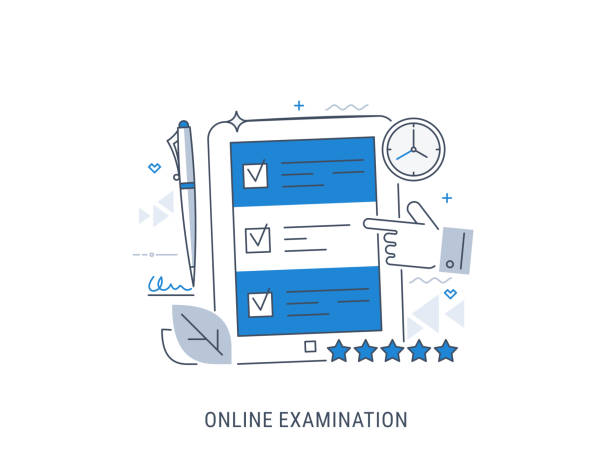
One of the main pillars of user-friendly website design is its Navigation system and Information Architecture.
Site navigation refers to the ways users move between different pages and sections of the website.
An excellent navigation system helps the user quickly access the desired content without confusion.
This includes clear menus, logical internal links, and the use of a sitemap.
Information architecture also deals with organizing and labeling website content in a way that is understandable and retrievable for users.
This educational and explanatory section introduces you to effective strategies in this area.
To create a user-friendly website, simplicity, consistency, and predictability in navigation are essential.
Main menus should be placed in clear and recognizable positions, and the terminology used for sections should be clear and unambiguous.
Also, the ability to return to previous pages or the home page should always be available.
Below, a table helps you better understand the key differences between good and poor navigation:
| Feature | Efficient Navigation (User-Friendly) | Inefficient Navigation |
|---|---|---|
| Menu Clarity | Clear and understandable titles | Vague or specialized titles |
| Menu Location | Always in a fixed position (top/side) | Changing location on different pages |
| Navigation Depth | Minimum clicks to reach the goal | Multiple and complex layers |
| Search Engine | Powerful and accurate search capability | Inactive or inefficient search engine |
These principles significantly contribute to optimizing the website user experience and prevent premature user exit.
4. The Role of Visual Design and Aesthetics in User Engagement

One of the first things users notice when entering a website is its visual and aesthetic aspect.
User-friendly website design is not limited to functionality; visual appearance also plays a very important role in attracting and retaining users.
Using an appropriate color palette, readable fonts, high-quality images, and sufficient whitespace, all contribute to creating a pleasant visual experience.
A website with a professional visual design gains user trust and conveys a sense of reliability and credibility.
This engaging and at the same time specialized section shows you how beauty and functionality can go hand in hand.
Aesthetics in user-friendly website design is not just about “being pretty,” but about creating visual balance, clear hierarchy, and communicating brand message through visual elements.
For example, colors can evoke specific emotions, and the logo and visual identity should be consistent throughout the site.
Using high-quality images and videos not only makes the content more attractive but also helps in better understanding the topics.
A website that is visually organized and appealing encourages users to spend more time on it and explore further.
This aesthetic approach complements usability principles and improves the overall user experience.
Is your online sales not as you expect? With Rasaweb, solve the problem of low sales and poor user experience forever!
✅ Increase conversion rate from visitor to customer
✅ Create an enjoyable user experience and increase customer trust
⚡ Act now for a free consultation!
5. Responsiveness and Mobile-First Approach in Design
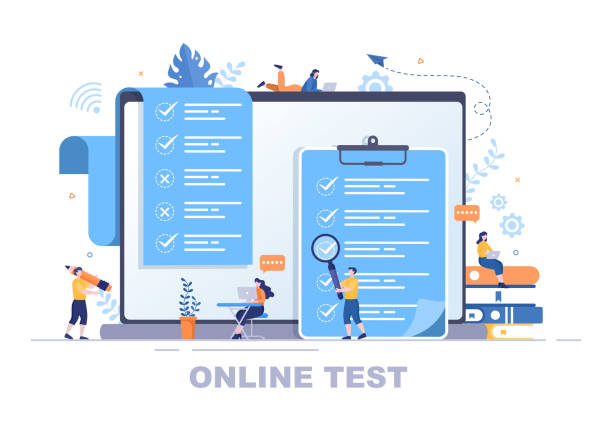
In the current era, where smartphones and tablets have become an integral part of daily life, user-friendly website design is impossible without considering Responsiveness (Responsive Design).
Responsiveness means that your website should automatically adjust its size and layout to fit the screen size of the device the user is using.
This ensures that users, whether they visit your site on a desktop, tablet, or mobile, have a consistent and optimal experience.
Since a large portion of internet traffic comes from mobile devices, the “Mobile-First” approach in user-friendly website design has become a golden standard.
The mobile-first approach means starting the website design for small screens (mobile) first, and then gradually expanding it for larger screens (tablet and desktop).
This method ensures that the most important elements and content are prioritized and the user experience is flawless even at the smallest size.
Google also gives better rankings to responsive websites, which is important news for SEO specialists.
This specialized section highlights the importance of site compatibility with different devices and shows how a user-friendly site should be accessible and efficient on every platform.
6. Content Strategy for Optimal User Experience

Content is king; this statement holds true in the world of user-friendly website design as well.
Even if a website is visually beautiful and technically excellent, if its content is not useful, engaging, and understandable for users, it cannot be successful.
Content strategy in user-friendly website design involves planning, producing, and managing content that answers users’ needs and questions.
This includes choosing appropriate keywords, writing clear and concise texts, using attractive headings, and organizing content in a logical manner.
Thought-provoking and at the same time guiding content encourages users to interact more.
For example, educational articles, Frequently Asked Questions (FAQ), and case studies can be very useful.
Also, adhering to readability principles such as short paragraphs, bullet points, and sufficient white space, significantly helps attract and maintain user attention.
The goal is for the user to quickly find the information they need while enjoying reading it.
This section shows how website ease of use is directly related to content quality and presentation.
7. The Importance of Speed, Performance, and Accessibility
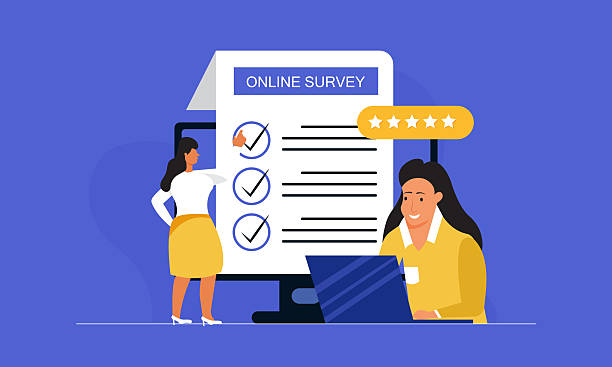
In today’s fast-paced world, users expect websites to load instantly.
User-friendly website design heavily relies on speed and performance.
Even a few seconds delay in loading can lead to user exit and loss of customers.
Image optimization, code compression, using Content Delivery Networks (CDN), and choosing a powerful host are all measures that help improve site speed.
These aspects directly affect the user experience, and therefore, an analytical and explanatory discussion about them is essential.
In addition to speed, Accessibility is also a crucial element in user-friendly website design.
Accessibility means that your website should be usable by everyone, including people with disabilities (such as the blind or visually impaired).
This includes using alt text for images, keyboard navigation capability, and appropriate color contrast.
A user-centric design approach means considering the needs of all users.
Below, the table shows how some technical and accessibility factors affect the user experience:
| Technical Factor | Positive Impact on Usability | Negative Impact on Usability |
|---|---|---|
| Loading Speed | Increased satisfaction and reduced bounce rate | Site abandonment and negative experience |
| Image Optimization | Faster speed and data saving | Slow loading and high internet consumption |
| Accessibility | Access for all users (disabled) | Limited use for a segment of society |
| Browser Compatibility | Correct display in all browsers | Display issues in different browsers |
These two factors are the foundation of user-friendly website design and should not be overlooked.
8. Usability Testing and User Feedback
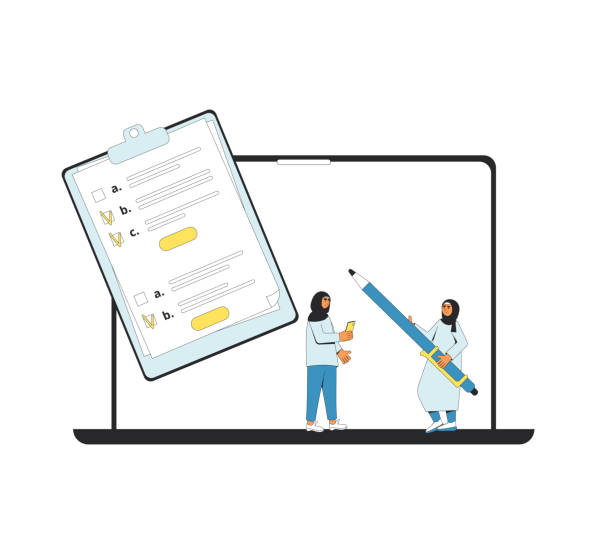
After implementing the initial stages of user-friendly website design, the work is not finished.
The next critical step is Usability Testing.
This process involves observing real users as they interact with your website to identify problems and weaknesses.
Usability testing can be done in a controlled lab environment or remotely.
Its main goal is to discover challenges that users face when using the site, which designers might not have considered.
This analytical and educational section helps you see your website from the user’s perspective.
User Feedback is also a valuable resource for improving website user experience.
This feedback can be collected through surveys, contact forms, or even social media comments.
Listening to users allows you to make the necessary changes to optimize the site and align it further with their needs.
A user-friendly site is one that is constantly improving and evolving based on real data and user opinions.
This iterative process ensures that your site remains relevant and effective.
Don’t have a corporate website yet and missing out on online opportunities? With professional corporate website design by Rasaweb,
✅ Double your business’s credibility
✅ Attract new customers
⚡ Free consultation for your corporate website!
9. Integrating SEO and User-Friendly Website Design

As mentioned earlier, SEO and user-friendly website design are two sides of the same coin.
A website optimized for users will naturally be more optimized for search engines.
Google and other search engines consider user experience factors such as loading speed, responsiveness, bounce rate, and user time on site in ranking pages.
Therefore, focusing on user-friendly website design indirectly helps improve your site’s SEO ranking.
This specialized and guiding section shows you how to integrate these two areas.
Using appropriate URL structures, clear titles, and alt text for images is not only beneficial for SEO but also helps users better understand the content.
High-quality and relevant content that answers users’ questions not only keeps them on the site but also sends positive signals to search engines.
Creating logical internal links and using HTML and XML sitemaps also helps both user navigation and search engine crawlers discover new pages.
Therefore, every step you take to increase website ease of use is actually a step forward in your SEO strategy.
10. The Future of User-Friendly Website Design and Conclusion

User-friendly website design is a dynamic field and is constantly evolving.
With advances in technologies such as Artificial Intelligence, Virtual Reality, and Augmented Reality, the user experience of websites is expected to become more interactive, personalized, and immersive.
Voice assistants and voice-based user interfaces will also play a more prominent role in the future.
This is exciting news for designers who must prepare for these changes.
Ultimately, it can be said that user-friendly website design not only means visual beauty and technical efficiency but, at its core, means empathy with the user and responding to their needs.
A website that values the user will not only achieve greater commercial success but also establish a stable and positive relationship with its audience.
This engaging yet serious approach is key to staying relevant in the competitive web space.
By adhering to principles and continuous practice, you can create websites that are not only beautiful but truly create value for users, and this is the user-centric design approach that should be considered at all stages.
Frequently Asked Questions
And other services of Rasaweb Advertising Agency in the field of advertising
Intelligent Conversion Rate Optimization: A dedicated service for online growth based on SEO-driven content strategy.
Intelligent Website Development: A fast and efficient solution for user interaction with a focus on marketing automation.
Intelligent Brand Identity: Revolutionize click-through rates with the help of intelligent data analysis.
Intelligent Direct Marketing: Designed for businesses seeking digital branding through key page optimization.
Intelligent Conversion Rate Optimization: Designed for businesses seeking to attract customers through intelligent data analysis.
And over hundreds of other services in the field of internet advertising, advertising consultation, and organizational solutions
Internet Advertising | Advertising Strategy | Advertorials
Sources
- How to design a user-friendly website?
- 7 tips to attract an audience with a website
- UI/UX principles in website design
- The impact of user experience on SEO and ranking
? With Rasaweb Afarin Digital Marketing Agency, your business will reach its peak in the online world! We create a powerful online presence for you by providing innovative SEO solutions, professional social media management, and multilingual website design.
📍 Tehran, Mirdamad Street, next to Bank Markazi, Kazerun South Alley, Ramin Alley, No. 6



